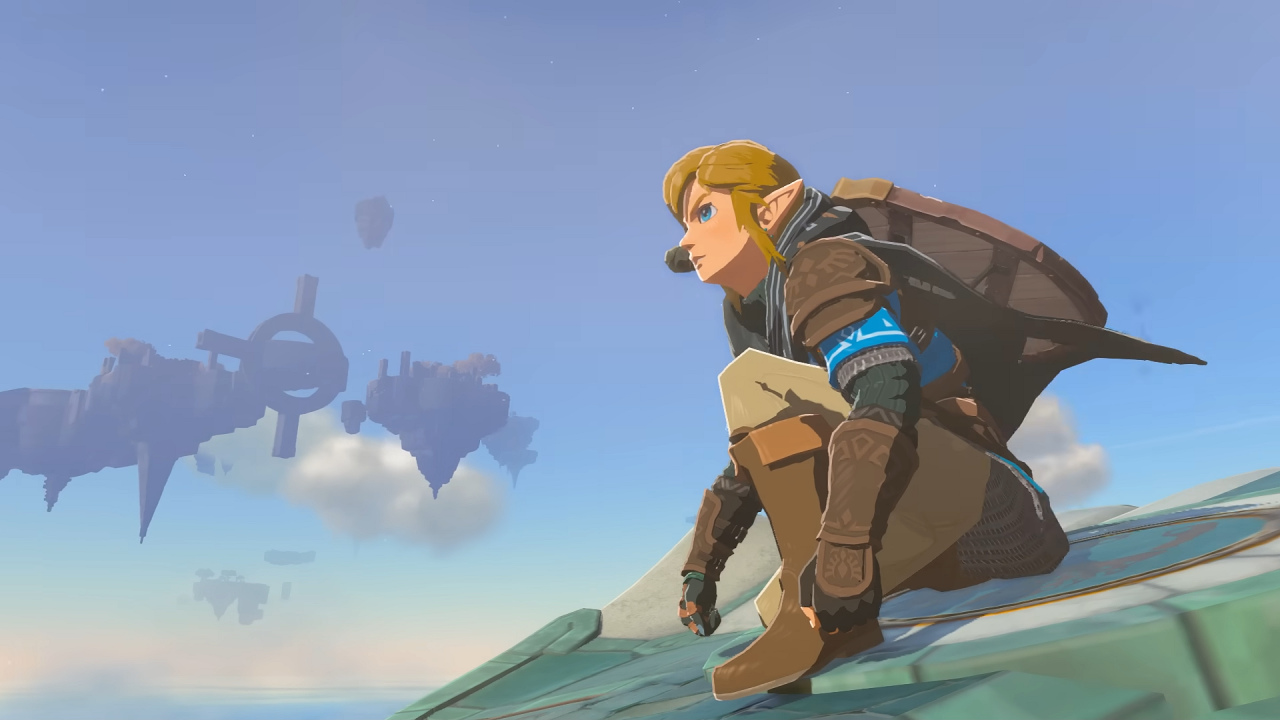At Japan’s Computer Entertainment Development Conference (CEDEC) held on August 22, Nintendo held a lecture on the topic of The Legend of Zelda: Tears of the Kingdom’s development (reported on by GameWatch). Interestingly, a portion of the presentation, held by director Hidemaro Fujibayashi and engineer Kenichi Hirose, focused not on the game’s development itself, but on the infrastructure designed to help streamline the developers’ work cycle and improve communication among them.
Tears of the Kingdom’s basic production flow, as introduced by Hirose, consisted of the following steps: Drawing Board > Implementation > Playtest after reaching a milestone > Data collection > Analysis. After the last step was completed, things would loop back to the drawing board, and the cycle would repeat itself, and so forth.
However, the team needed a way to make the last three steps of this process smoother and more efficient and the solution to this issue was to use an in-house bulletin board system customized to fit the needs of Tears of the Kingdom’s development. The system was charmingly called the “Rupee Bulletin Board,” based on the familiar gemstones used as currency throughout the Zelda series.

The Rupee Bulletin Board made it possible for Tears of the Kingdom’s developers to post feedback from their playtests in real time for all other team members to keep track of. In addition, the system allowed the developers to “give Rupees” to posts they agreed with, similarly to a “like” or “thumbs up” function on social media. This gave the team a clear visualization of what takes priority, prevented overlapping of the same opinions, and made it significantly easier to summarize analysis data.
As a rule for using the Rupee Bulletin Board, the team enforced posting only opinions based on concrete information, rather than personal impressions. The developers apparently also had a no-argument rule, as all feedback would be posted and evaluated through Rupees.
Apart from the Rupee Bulletin Board, Tears of the Kingdom’s infrastructure engineers also designed an image-board-based tool that made it possible for the team to manually check a whopping 120,000 object combinations made using Link’s new Fuse ability.





